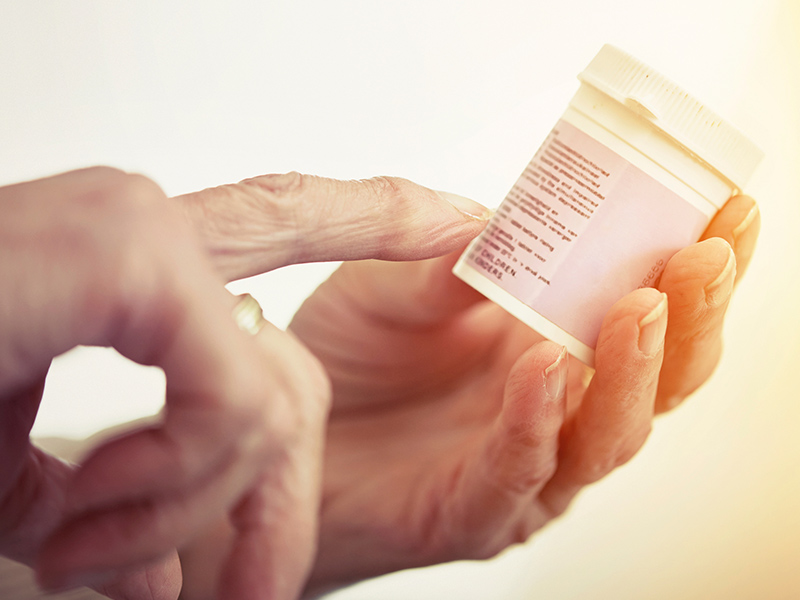If you’re setting out on the vacation of a lifetime, travelling with medication can be a daunting task with so many regulations to keep in mind. Regardless, it’s one of the most important pre-departure tasks to check off your list.
Travelling with medication takes a lot of pre-planning; some prescription medicines and even some over-the-counter (OTC) medications may be illegal outside of Canada, depending on where you’re headed. From packing medication to knowing the TSA guidelines and refilling your prescription abroad, our tips below have you covered.
Pre-departure checklist
- Pay a visit to your doctor to refill any empty prescriptions you’ll need for your trip, and request a prescription letter with the trade and generic names of your medicine. While you’re there, find out how to adapt your medication regimen across different time zones. A doctor’s note explaining why you’re taking the medication won’t hurt either!
- Make sure your medicine is legal in the country you’re going to. To find out the status of your medication, contact the foreign government offices accredited to Canada.
- Check the Government of Canada’s Travel Advisories page and check the health tab for your destination to stay up-to-date on any travel health notices.
Packing prescriptions and OTCs for international travel
Medications in your carry-on
You never know where your checked baggage will end up, or if it will land on time, so packing all dependent prescribed medications and pills in your carry-on luggage is highly recommended. When packing medicine for air travel, make sure that all caps are tightly fastened, and pack your medicine in a clear vinyl bag for easy cleanup and navigation.
Always retain the original packaging
When travelling with prescription drugs or OTC medicine, original packaging is recommended, just in case any of your medicine is questioned. If possible, carry a copy of your prescription in case your medicine is lost or stolen. This should allow you to refill your medical prescription abroad, if need be.

To prevent your medication labels from fading or rubbing off, protect them with clear scotch tape in case of unexpected leaks during transit. That way, you’ll never forget the recommended dosage, and your labels will essentially become waterproof!
Medication that requires refrigeration
If your medicine requires refrigeration, it’s a good idea to invest in an insulated travel bag that is part cooler, part luggage. That way, you can store your medicine in the cooler portion, and have all necessary carry-on items in the other compartments. These bags can usually fit under the chair in front of you for easy access during the flight. Once you’ve landed, take advantage of your hotel fridge, and keep your medicine refrigerated until you need it!
Flying with medication
TSA and CATSA guidelines for medication
Travelling with medication is allowed in pill or solid form in unlimited amounts, as long as it is screened at security.
rescription and essential non-prescription liquid, gel and aerosol medications are allowed over 100mL in your carry-on bag. If you bring them, they must be presented at security separately from your baggage, and can be subject to additional screening. Proof of your medical needs isn’t required, but it will likely make your screening process a lot easier.
Travelling with syringes
If you need syringes for your medicine, get a note from your doctor explaining their use, and find out if there are any regulations for syringe use during transit from your airline.

Travellers with diabetes must declare syringes and needles in their carry-on luggage along with any medical device such as insulin pump.
Crossing the border with prescriptions
If you’re a Canadian crossing the border into the US, your medicine may be subject to US drug importation laws and regulations. Narcotics and drugs with high potential for abuse aren’t allowed. If you need to bring medicines that have addictive drugs or narcotics (cough medicine, sleeping pills, etc.), make sure you declare your medicine, keep it in the original container, and carry your prescription with you. For further information, visit the US Food and Drug Administration.
Travel medical insurance and prescription drugs
No matter where you’re travelling to, knowing how to travel with medication is just as important as purchasing the right travel insurance for your trip. Your provincial health care plan will only cover less than 10% of medical bills when travelling outside of your home province.
If you’re travelling with a medical condition, don’t forget to add travel medical insurance to your pre-departure checklist. Make sure your medical insurance covers you for hospital treatment including doctor’s services, ambulance services, x-rays, prescription drugs and medical supplies.
If you’re a senior with a pre-existing medical condition, you can still get comprehensive medical coverage if your condition has remained stable for a certain period of time. Check out our guide to learn more about travel insurance for pre-existing conditions and what benefits you should look out for.
If you’re concerned about lost or stolen medicine while abroad, don’t forget to purchase baggage insurance in addition to your travel medical plan. Here are some smart ways to avoid out of pocket expenses in case of a travel medical emergency abroad.
To learn more about the dos and don’ts of travelling with medication, check out the Government of Canada’s website. Still have questions about how to travel with medication? Feel free to leave a question below!
